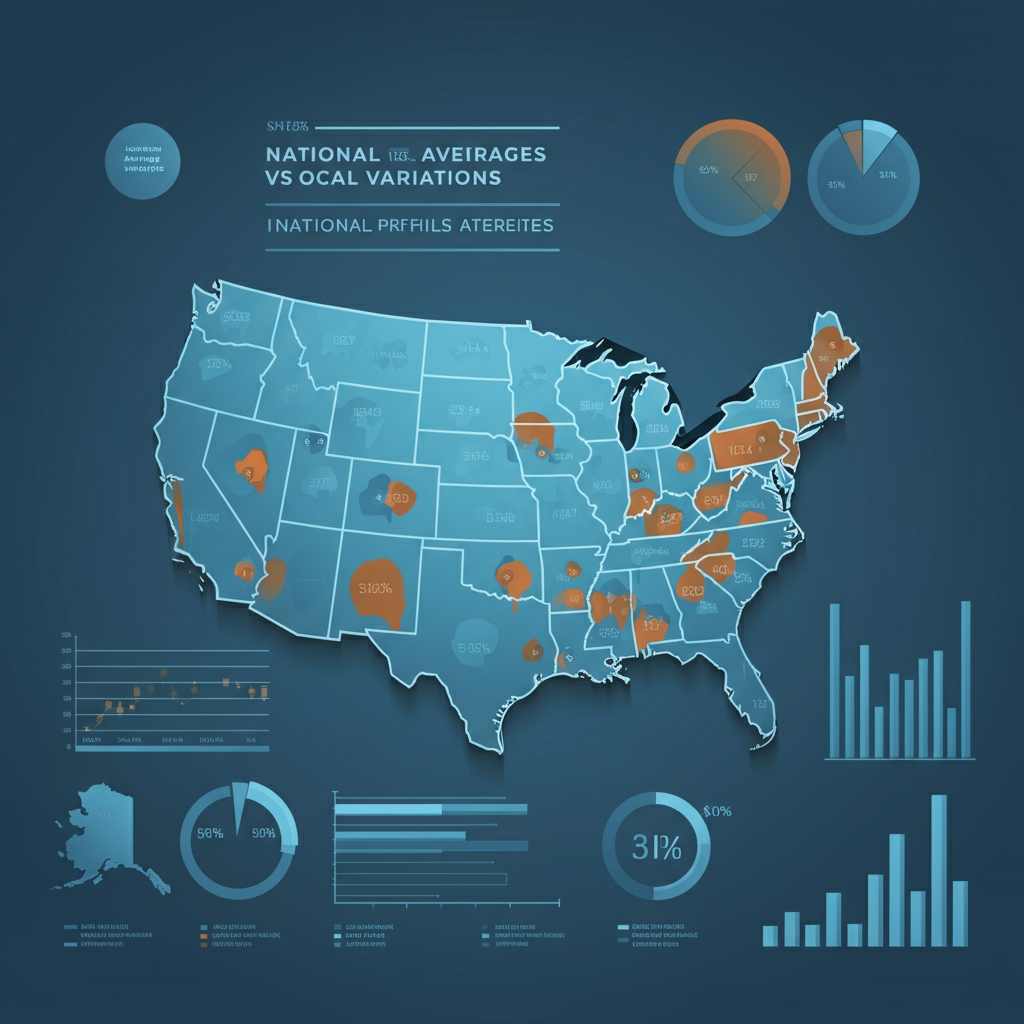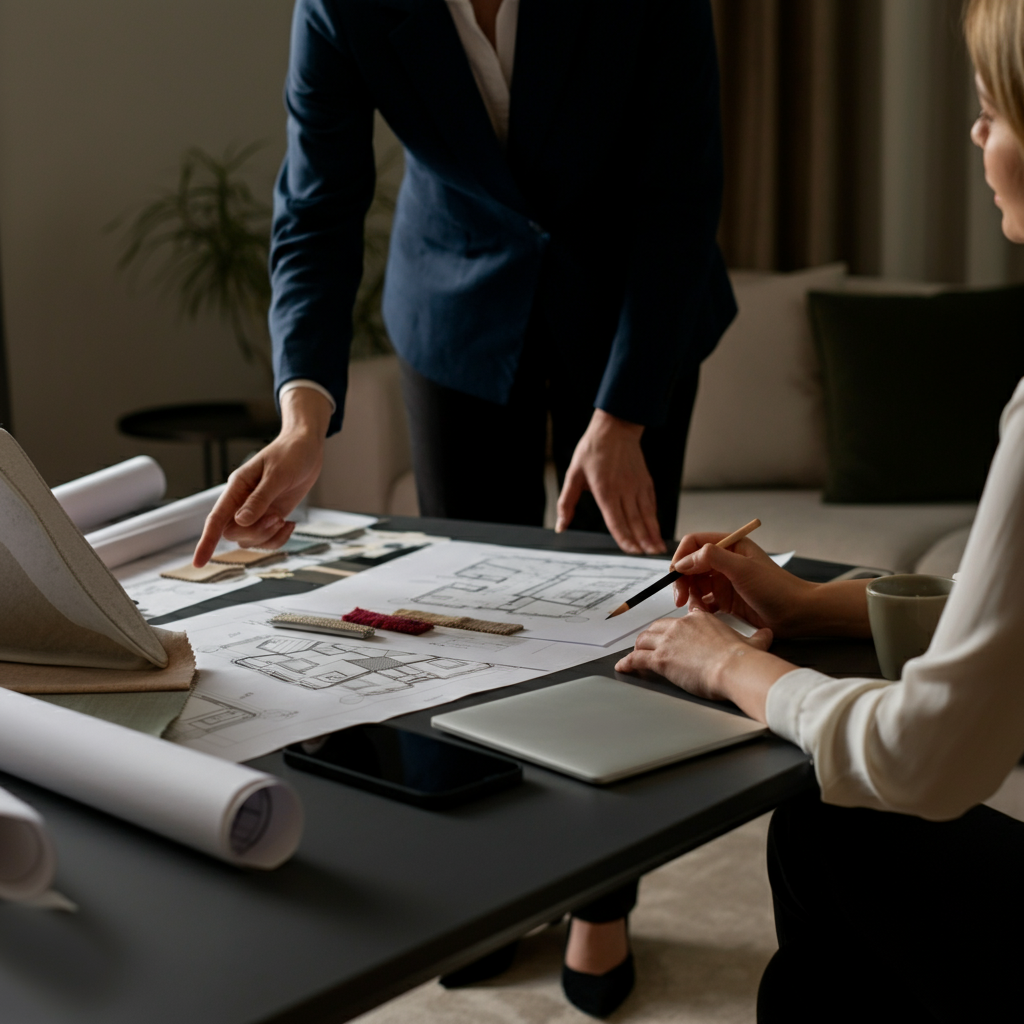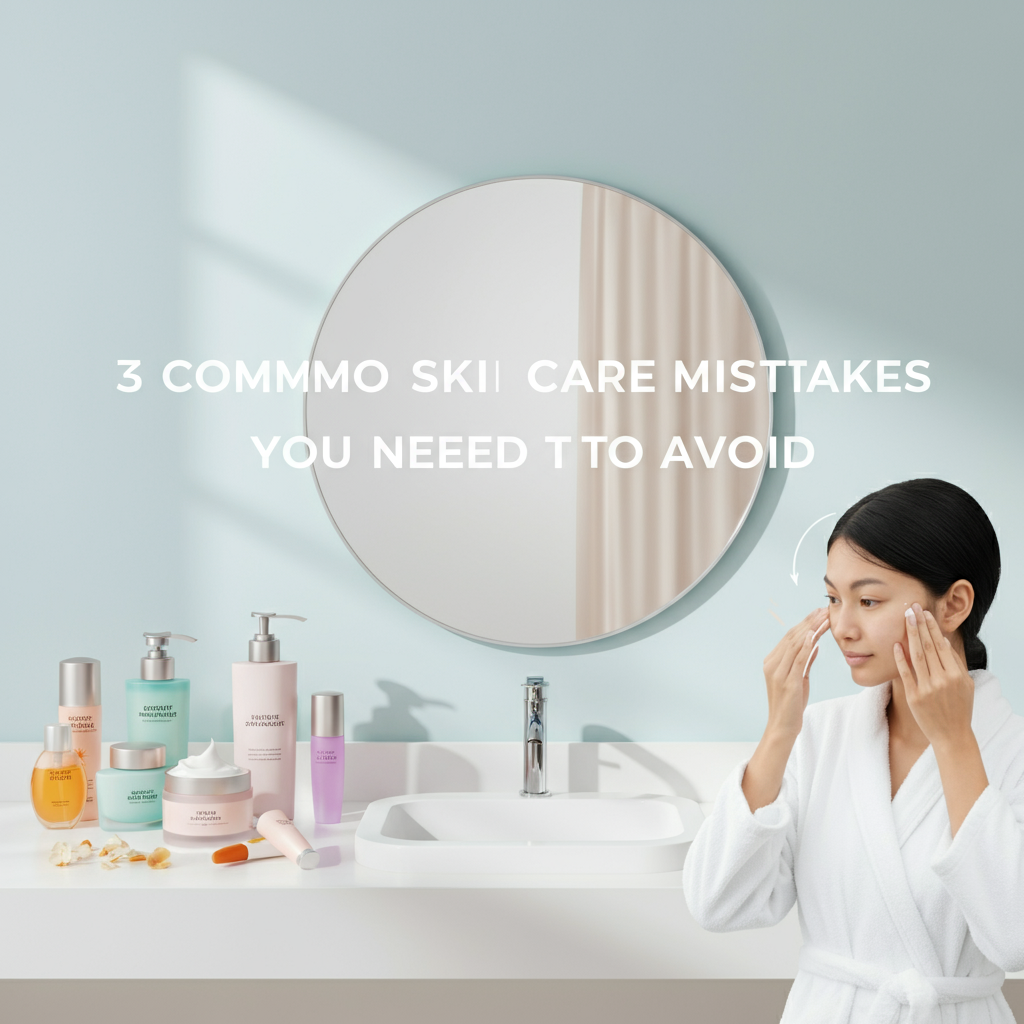Designing the perfect space can feel like a daunting task—from choosing the right furniture to ensuring cohesive aesthetics. If you’ve ever felt overwhelmed by Pinterest boards and paint swatches, you’re not alone. Hiring an interior designer can streamline the entire process, but how much should you budget for in 2025?
Whether you’re renovating your forever home or upgrading a rental property, this detailed guide will walk you through the costs of hiring an interior designer, from fee structures to real-world examples. By the end, you’ll know exactly what to expect and how to make an informed decision.
Understanding Interior Design Costs
Factors Influencing Costs
The cost of hiring an interior designer is highly variable and depends on several factors, including:
- Experience and Expertise: Seasoned professionals with a proven track record charge more than newcomers to the industry.
- Project Scope and Complexity: Designing a single living room costs less than a full-home renovation.
- Location and Demand: Designers in major cities like New York or Los Angeles often charge higher rates due to increased demand.
- Types of Services Offered: Some designers provide all-inclusive services, while others focus solely on furniture selection or space planning.
Knowing these variables can help you prepare a realistic budget for your design needs.
Interior Designer Fee Structures Explained
Hourly Rates
Many interior designers charge an hourly rate, with national averages ranging from $75 to $300 per hour. This structure is ideal for small projects or consultations, where the scope is limited and manageable. However, keep in mind that even brief meetings or emails may count toward your total billable hours.
Flat Fees
Flat fees are common for clearly defined projects, such as redesigning a single room. Costs generally range from $2,000 to $10,000, depending on the complexity. The benefit? You know exactly what you’ll pay upfront. The downside? This structure might not account for unexpected changes mid-project.
Percentage of Project Cost
Some designers charge a percentage of the total project cost, typically 10% to 25%. This fee structure covers everything from design concepts to implementation. It works best for large-scale redesigns where the budget exceeds $50,000.
Cost Plus Pricing
With cost plus pricing, a designer adds a markup (usually 10% to 35%) to the wholesale prices of furniture and materials procured for the project. While transparent in detailing product costs, this model may lead to higher expenses if you want premium materials.
National Averages vs. Local Variations

National Averages
On average, hiring an interior designer costs homeowners between $5,000 and $15,000 in 2025. However, this varies by service level, with consultations starting around $500 and full-service designs extending to $100,000 or more.
Local Market Conditions
Geography plays a massive role. Designers in urban areas like San Francisco charge more than those in smaller, affordable markets like Austin or Raleigh. Similarly, high home values and demand typically increase rates in wealthier suburbs.
Additional Costs to Consider
Beyond the designer’s fees, additional expenses can add up quickly.
Furniture and Materials
Expect to allocate anywhere from $10,000 to $50,000 for furniture, decor, and finishes for a typical home renovation. High-end, luxury pieces can push your budget even higher.
Contractor Fees
Many projects require hiring contractors for renovations, which could cost an additional $5,000 to $20,000 based on the scope of work. Collaborate with your designer to ensure contractor work aligns with your aesthetic vision.
Unexpected Expenses
Even the best-laid plans encounter roadblocks. Set aside 10% to 15% of your budget for unexpected costs, such as delivery delays or material shortages.
Maximizing Value and Minimizing Costs
Interior design doesn’t have to break the bank. Here’s how to get the most bang for your buck in 2025.
Negotiating Rates
Don’t hesitate to ask your designer for a custom fee structure based on your budget. You might be able to exclude certain services, such as furniture shopping, to lower costs.
Reducing Expenses
Opt for mid-range furniture brands instead of luxury items. You can also reuse existing furniture or decor that fits the updated design.
DIY vs. Professional Design
You might save money by handling simpler tasks like painting or decor shopping yourself. Keep in mind, however, that professional designers ensure cohesion and quality in ways that can significantly affect a home’s aesthetic and value.
| Pros | Cons |
|---|---|
| Professional ensures expertise and quality | Can be expensive for full-service design |
| Saves time and reduces stress | May not align with all budgets |
Future Trends Affecting Interior Design Costs
Expect to see innovation shaping the industry in exciting ways over the coming years.
Technology and Virtual Design
Tools like virtual reality (VR) and artificial intelligence (AI) are revolutionizing the design process. These advancements could reduce costs for some clients by streamlining the planning phase.
Sustainability
Eco-conscious consumers are driving demand for sustainable furniture and materials, which can influence costs but offer long-term benefits for the planet.
Changing Consumer Preferences
Minimalist aesthetics and multifunctional spaces continue to dominate. Designers are adapting by offering streamlined, cost-effective solutions.
Case Studies Real World Examples
- Small Budget, Big Impact: A Chicago couple revamped their 400-square-foot living room for $4,000, blending DIY effort with a consultation from a local designer.
- Luxury Redesign: A tech executive in Los Angeles spent $150,000 on a full-home transformation, including custom furniture and high-end finishes.
- Sustainable Design: A Washington D.C. family prioritized eco-friendly materials for their home office renovation, spending $20,000 in total.
How to Choose the Right Interior Designer
Finding the ideal fit is as important as setting the right budget.
Questions to Ask
- What is your process for managing budgets and schedules?
- How do you handle changes or unexpected challenges?
- Do you have a portfolio I can review?
Credentials and References
Verify licensing, certifications, and client testimonials before committing to a designer. Personal recommendations from friends or colleagues can also be invaluable.
Personal Compatibility
Above all, ensure the designer understands your aesthetic preferences and aligns with your communication style.
Why Hiring an Interior Designer is Worth the Investment
While the costs of interior design can vary widely, the value it brings is undeniable. A skilled designer not only enhances the look and feel of your home but can also increase its long-term value. By understanding fee structures and planning for additional expenses, you’ll be better equipped to hire a professional that meets your needs in 2025.
Take the leap and transform your space into something extraordinary. Whether you’re upgrading a single room or revamping your entire home, an interior designer can save you time, stress, and costly mistakes.



